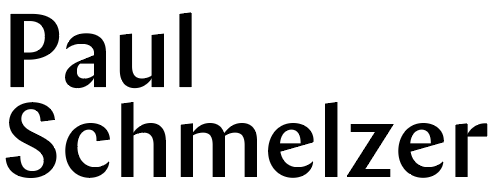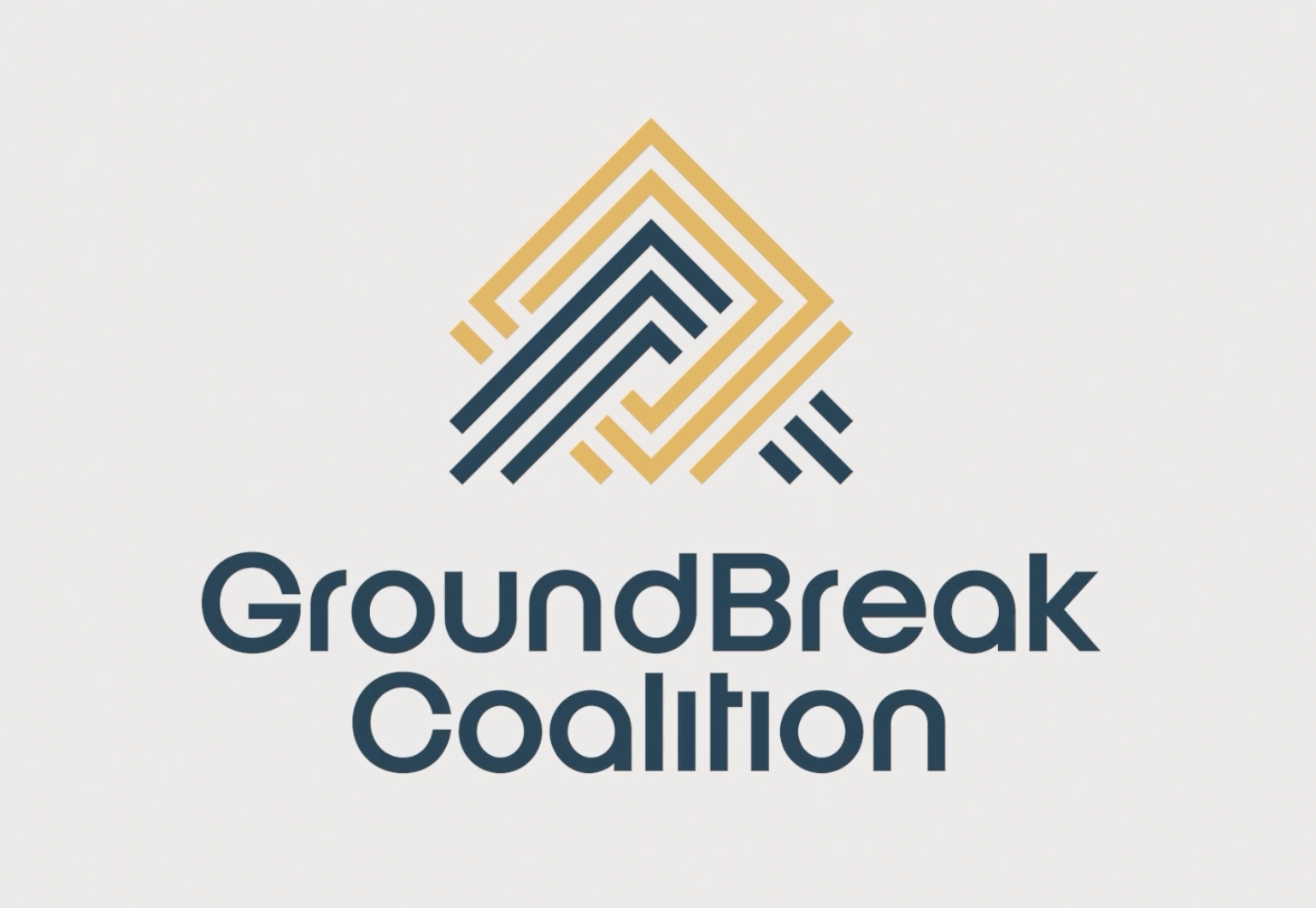The police murder of George Floyd sent millions into the streets around the world to protest police brutality against Black people and call for equity and opportunity. Like so many places, the uprisings responding to such injustice coincided with damage that leveled commercial and cultural corridors across the Twin Cities. We need to rebuild: physically and spiritually—not to mention equitably.
But how? In February, I was invited to be a small part of an ambitious initiative being spearheaded by the McKnight Foundation that aimed to corral resources—and will—to invest $2 billion over 10 years to help rebuild neighborhoods impacted by this destruction and, more importantly, create opportunities for BIPOC community members—and do so while addressing climate change. A group of more than 25 corporate, civic, and philanthropic leaders joined forces, emboldened by a mission: “We have a once-in-a-lifetime opportunity to define a new paradigm for community development finance that finally addresses systemic racism; rights historical wrongs; closes racial gaps in income and wealth; and boldly meets the climate moment.”
Its goals:
• Create 45,000 new BIPOC homeowners
• Stabilize families in 23,500 affordable rental units
• Complete 30 commuity-led, climate-ready, transformational commercial developments
• Launch more than 11,000 BIPOC-owned businesses with at least 20 percent employing 5+ people
In February, I was the sole writer on a four-person team at Zeus Jones charged with naming this vitally important endeavor. It was an urgent project—three weeks start to finish—so we quickly zeroed in on a range of rich territories to explore, from the audacity of the initiative’s scope to the geographic specificity of this moment: this movement started here in Minneapolis, at 38th and Chicago. In the end, the final name was suggestive of building, of the anchoring earth, of a break from old paradigms, of a new day rising.
On May 12, the initiative was formally launched with this name: The GroundBreak Coalition. Its ambitious—and achievable, I believe—goal: “to transform the epicenter of racial reckoning into the epicenter for racial opportunity.”


